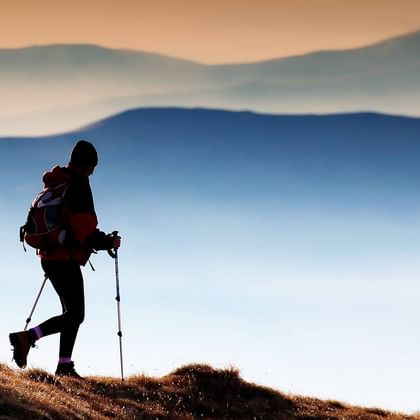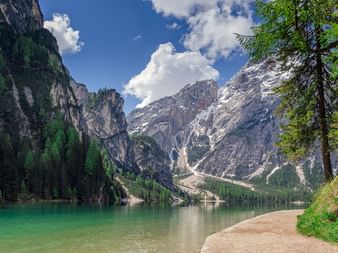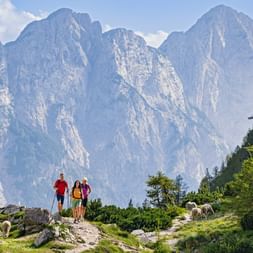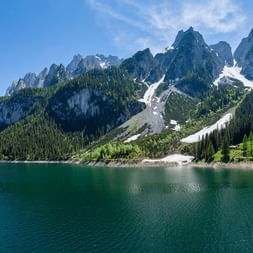Hiking is a gentle sport that has developed into one of the most popular forms of exercise in recent years. Mountain lovers hungry for exercise and adventure are drawn to the high altitude regions where they can enjoy fresh air and an experience that is healthy for both body and mind. But as the number of hikers increases, so does the pressure on hiking trails and nature.
That's why it's important to be aware of the basic rules of hiking so that we don't impact nature while practising our sport. Whether it's a herd of cows on the trail, throwing fruit in the forest or good hiking etiquette in the mountains: all hikers are guests in beautiful nature and should know the most important basic unwritten rules.
Below, we've summarised the most important rules that will keep you, nature and the hiking trails safe.






